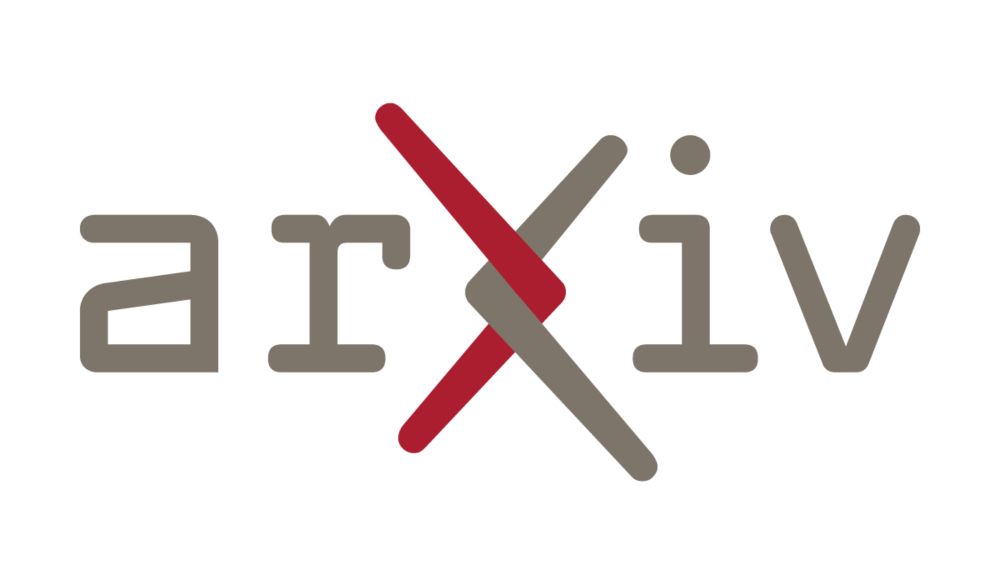Head of Fundamental AI Lab


📓: arxiv.org/abs/2210.06466
Visit BMVC poster 532 at 10am today!

📓: arxiv.org/abs/2210.06466
Visit BMVC poster 532 at 10am today!
We also show that the gains don't just come from adding a new learnable model, but instead from the interplay between the pretrained one and the PGN.


We also show that the gains don't just come from adding a new learnable model, but instead from the interplay between the pretrained one and the PGN.




